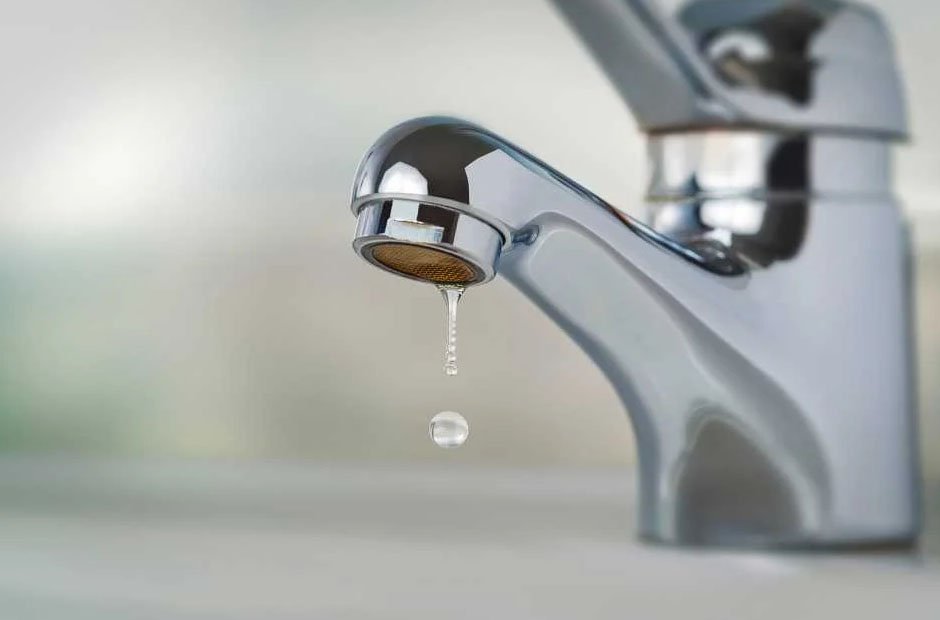A dripping faucet isn’t just an annoying “drip-drip” in the night—it can waste up to 3,000 gallons of water per year, raise your utility bills, and accelerate wear on your plumbing. Before you reach for a bucket, it helps to know why that steady drip is happening. Here are the most common culprits—and what you can do to stop them.
1. Worn-Out Washers
Traditional compression faucets rely on a rubber washer to seal water flow. Every time you turn the handle, the washer presses against a valve seat. Over time, friction flattens or dislodges the washer, letting water sneak through even when the faucet is “off.” Replacing this simple part often halts the drip immediately.
2. Damaged Cartridge
Single-handle faucets use a cartridge—a valve that controls both hot and cold water. If mineral deposits or debris damage its internal seals, the cartridge won’t close fully, and water will drip from the spout. Swapping out the cartridge is usually all it takes to restore a tight seal.
3. Malfunctioning O-Ring
Inside many faucets, a small rubber O-ring seals the connection between the stem and the handle. When this ring dries out, cracks, or shifts, water leaks around the handle base. You can usually fix this by replacing the O-ring or applying a thread-seal lubricant. If simple fixes fail, calling a Plumber Corona del Mar may be the quickest solution.
4. Corroded Valve Seat
The valve seat bridges the faucet body and spout. Over time, mineral buildup from hard water can corrode or pit this surface, preventing a watertight connection. You can often clean the seat with vinegar and a soft brush; if corrosion runs deep, you’ll need a replacement to stop leaks at the spout.
5. Loose or Broken Parts
Under-sink connections—from supply lines to shut-off valves—can loosen or crack. Even a small gap at these fittings can manifest as a drip under the sink. Inspect hoses and fittings for moisture, tighten loose nuts, and replace damaged hoses to nip hidden leaks in the bud.
6. High Water Pressure
Excessive pressure can force water past worn seals and gaskets, causing intermittent dripping—especially when other fixtures run. A pressure gauge on an outdoor spigot will tell you if your home’s pressure exceeds the recommended 45–55 PSI. Installing a pressure-reducing valve can protect faucets and appliances.
7. Mineral Buildup and Corrosion
Hard water leaves calcium and magnesium deposits inside faucet components like cartridges, washers, and valve seats. These rough patches accelerate wear and block parts from seating properly. Monthly descaling with a vinegar soak or commercial cleaner helps extend the life of your fixtures.
8. Aging Pipes
In older homes, faucet components and supply lines eventually deteriorate beyond simple repairs. Corroded pipes or a failing P-trap can appear as a faucet drip but actually stem from plumbing beneath the sink. In these cases, a full inspection and possible repiping may be the best long-term solution.
“Pro-Tip: Before any appliance installation—whether you’re hooking up a new dishwasher or ice maker—stop and fix that faucet drip first. A small leak can complicate the plumbing run for your new unit and lead to water damage down the road.”
Conclusion
A dripping faucet can usually be fixed with basic tools and replacement parts—saving water, money, and frustration. If you’d rather leave it to the experts, contact Tweedy Plumbing for fast, reliable service that stops leaks and protects your home’s plumbing for years to come.



